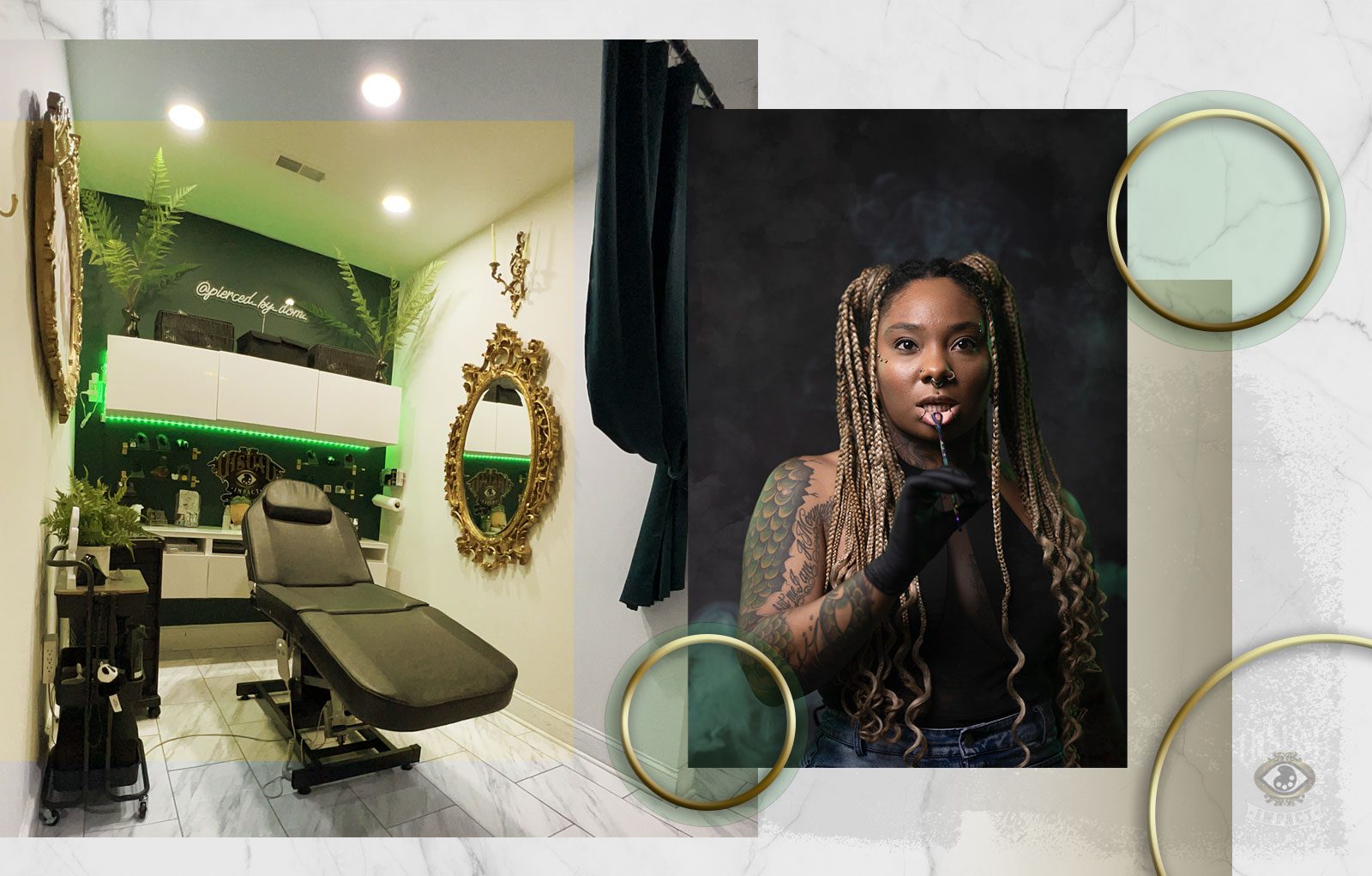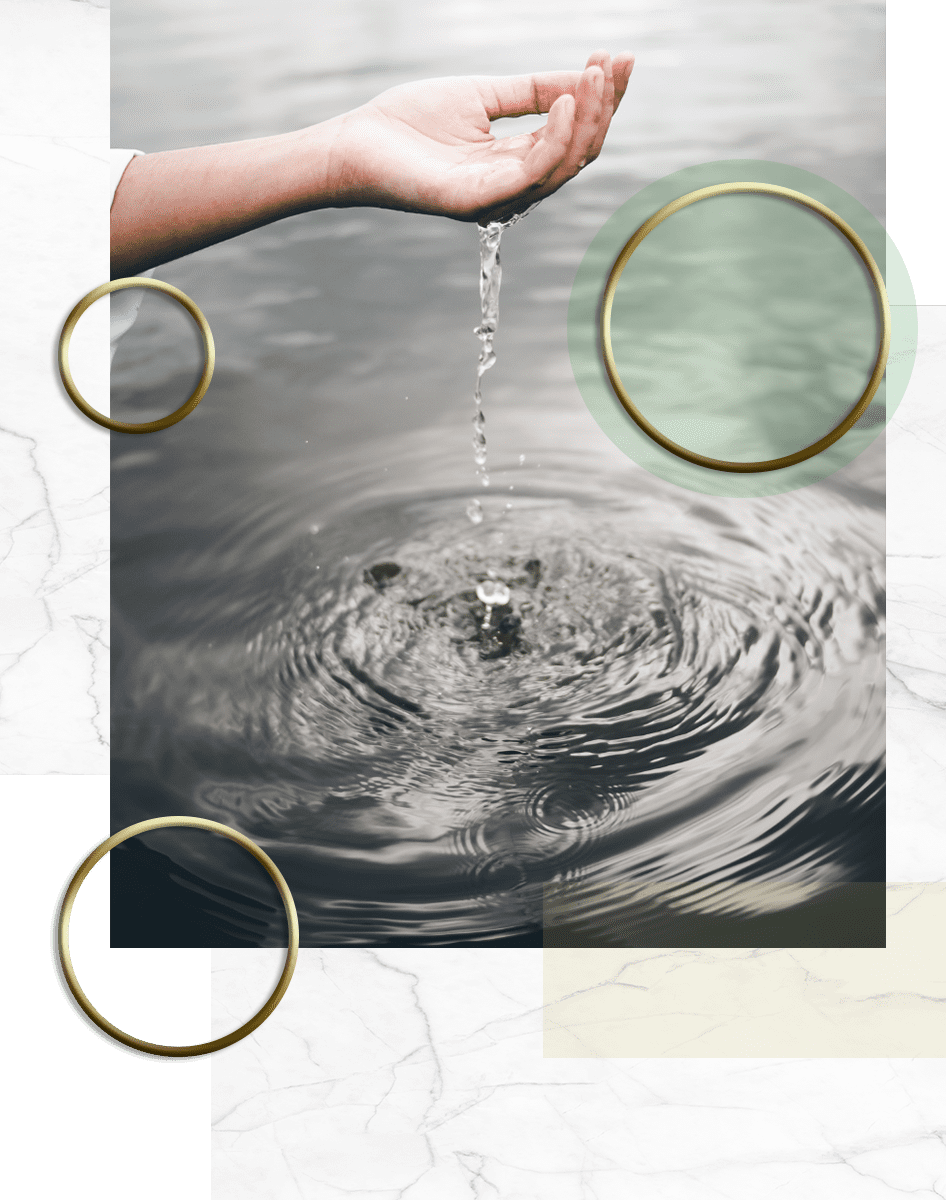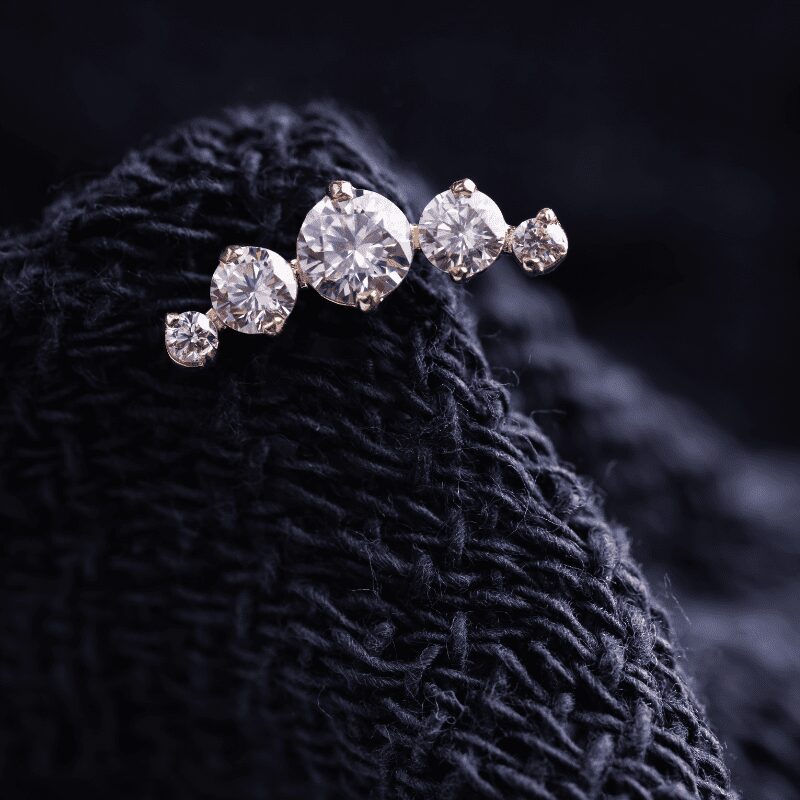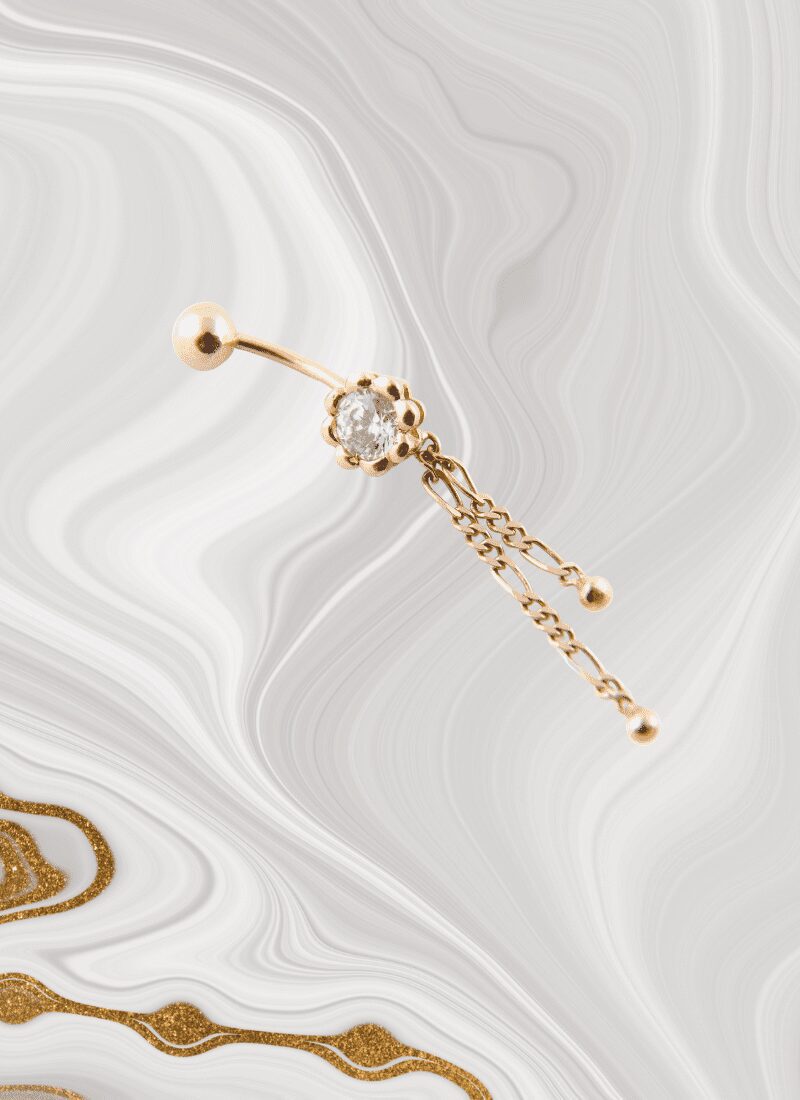
Why stop at ears?
Experiment with a new look and try a eyebrow or nose piercing. We’re here waiting for you!
Quality
Our piercings are done with high-quality, sterilized tools. Body piercings are performed with a pre-sterilized, single-use hollow needle for precision and accuracy.
Sanitary Environment
Our strict safety and precationary standards during and after the piercing procedure ensure a sanitary environment and a comfortable piercing experience.
AFTER CARE
Suggested aftercare for body piercings
Cleaning Solutions
Packaged sterile saline is a gentle choice for piercing aftercare. Mixing your own sea salt solution is no longer a suggested practice from the APP. We strongly encourage you to use a sterile saline labeled for use as a wound wash.
Contact lens saline, eye drops, and other saline products should never be used on a body piercing. Your saline ingredients should list .09% sodium chloride as the only ingredient. Mixing your own sea salt solution will commonly result in the product being far too salty and strong, this can over dry the piercing and interfere with healing.

After care
Cleaning Instructions for Body Piercings
Your hands thoroughly prior to cleaning or touching your piercing for any reason.
SALINE rinse as needed during healing. For certain placements it may be easier to apply using clean gauze saturated with saline solution. A brief rinse afterward will remove any residue.
If your piercer suggests using soap, gently lather around the piercing and rinse as needed. Avoid using harsh soaps, or soaps with dyes, fragrances, or triclosan.
Thoroughly to remove all traces of the soap from the piercing. It is not necessary to rotate the jewelry through the piercing.
DRY by gently patting with clean, disposable paper products because cloth towels can harbor bacteria and snag on jewelry, causing injury.
What is Normal?
- Initially: some bleeding, localized swelling, tenderness, or bruising.
- During healing: some discoloration, itching, secretion of a whitish-yellow fluid (not pus) that will form some crust on the jewelry. The tissue may tighten around the jewelry as it heals.
- Once healed: the jewelry may not move freely in the piercing; do not force it. If you fail to include cleaning your piercing as part of your daily hygiene routine, normal but smelly bodily secretions may accumulate.
- A piercing may seem healed before the healing process is complete. This is because tissue heals from the outside in, and although it feels fine, the interior remains fragile. Be patient, and keep cleaning throughout the entire healing period.
- Even healed piercings can shrink or close in minutes after having been there for years!
This varies from person to person; if you like your piercing, keep jewelry in—do not leave it empty…
What to Do?
- Wash your hands prior to touching the piercing; leave it alone except when cleaning. During healing it is not necessary to rotate your jewelry.
- Exercise during healing is fine; listen to your body.
- Make sure your bedding is washed and changed regularly. Wear clean, comfortable, breathable clothing that protects your piercing while you are sleeping.
- Showers tend to be safer than taking baths, as bathtubs can harbor bacteria. If you bathe in a tub, clean it well before each use and rinse off your piercing when you get out.
WHAT TO AVOID?
- Avoid cleaning with alcohol, hydrogen peroxide, antibacterial soaps, iodine, or any harsh products, as these can damage cells. Also avoid ointments as they prevent necessary air circulation.
- Avoid Bactine®, pierced ear care solutions, and other products containing Benzalkonium Chloride (BZK). These can be irritating and are not intended for long-term wound care.
- Avoid over-cleaning. This can delay your healing and irritate your piercing.
- Avoid undue trauma such as friction from clothing, excessive motion of the area, playing with the jewelry, and vigorous cleaning. These activities can cause the formation of unsightly and uncomfortable scar tissue, migration, prolonged healing, and other complications.
- Avoid all oral contact, rough play, and contact with others’ bodily fluids on or near your piercing during healing.
- Avoid stress and recreational drug use, including excessive caffeine, nicotine, and alcohol.
- Avoid submerging the piercing in unhygienic bodies of water such as lakes, pools, hot tubs, etc. Or, protect your piercing using a waterproof wound sealant bandage. These are available at most drugstores and work best for nipple, navel, and surface piercing placements.
- Avoid all beauty and personal care products on or around the piercing including cosmetics, lotions, and sprays, etc.
- Don’t hang charms or any object from your jewelry until the piercing is fully healed.
- Sleeping directly on a healing cartilage piercing can cause irritation, even causing shifts in the piercing’s angle. Placing a travel pillow, on top of your pillow, and then placing your ear in the opening can be helpful to avoid this.


We are happy to offer a wide range of piercings at our shop. Whether it’s as simple as your earlobes, or as delicate as your nipples, our expert piercer will make sure the job is done accurately, professionally and as painlessly as possible. We take great care in ensuring that all of our equipment is sterilized properly, and that you are informed on the next steps to caring for your new piercing when you go home.
